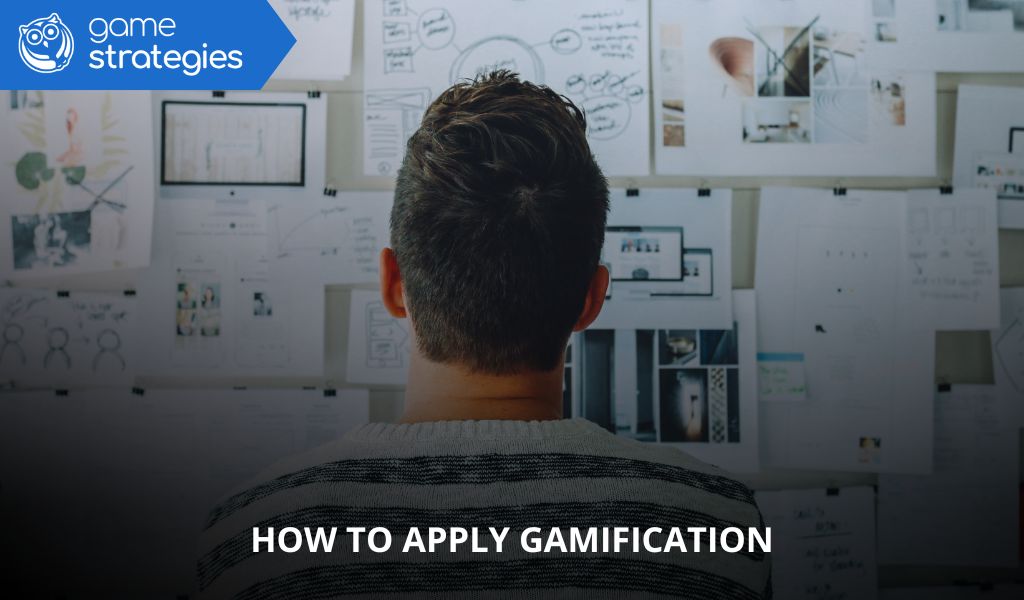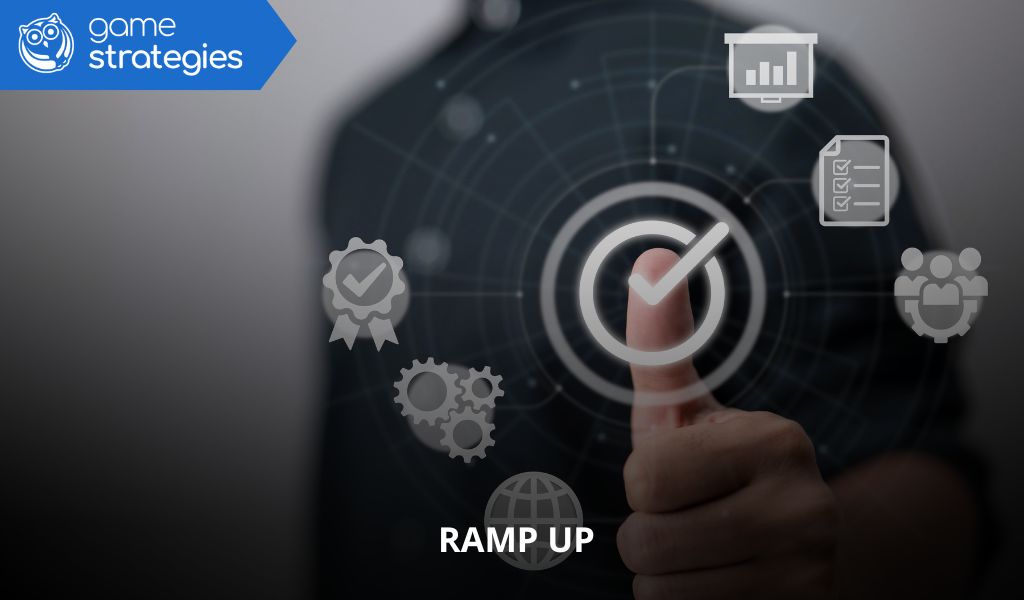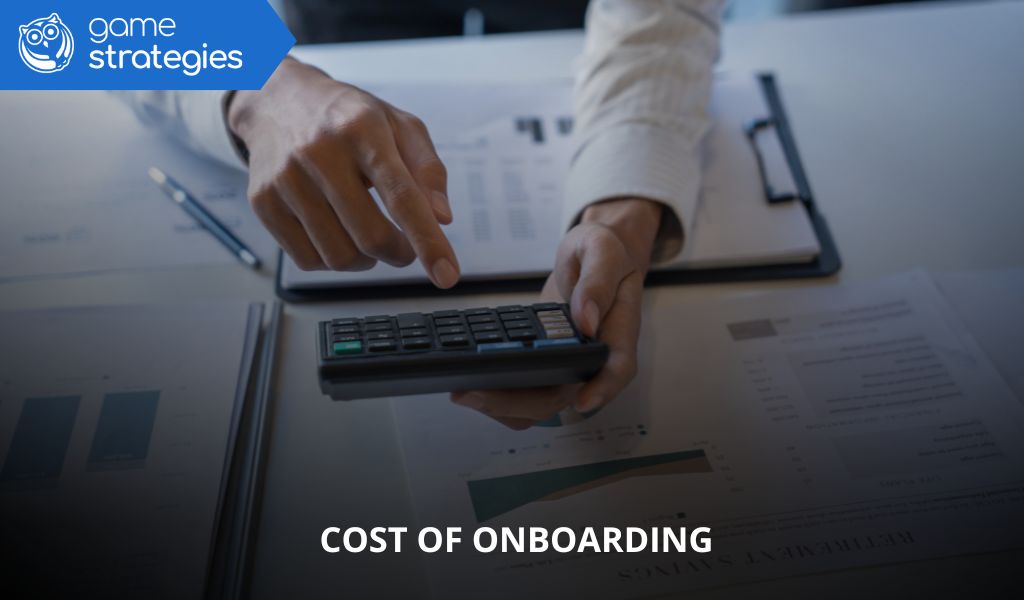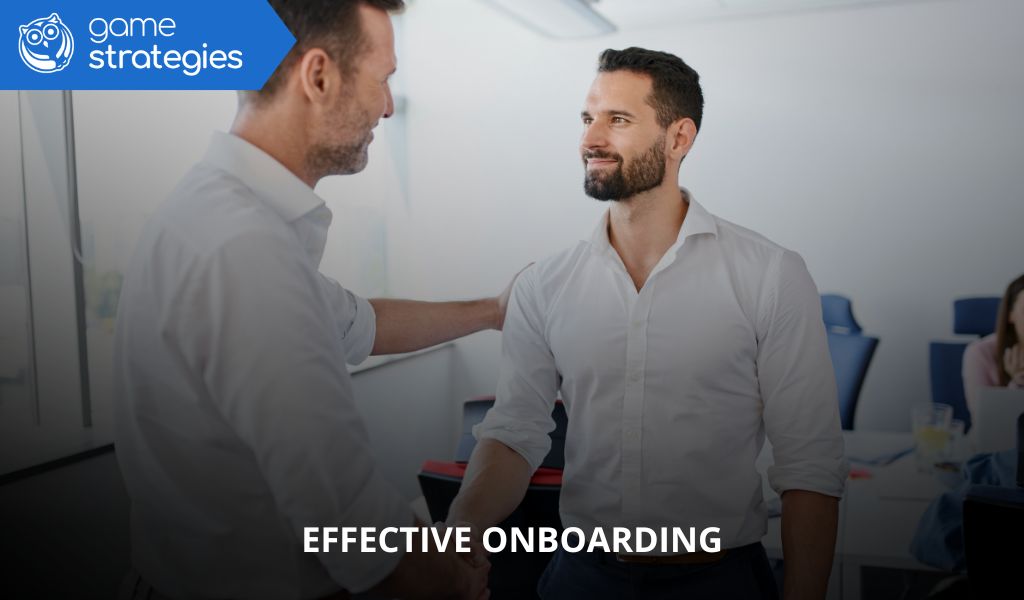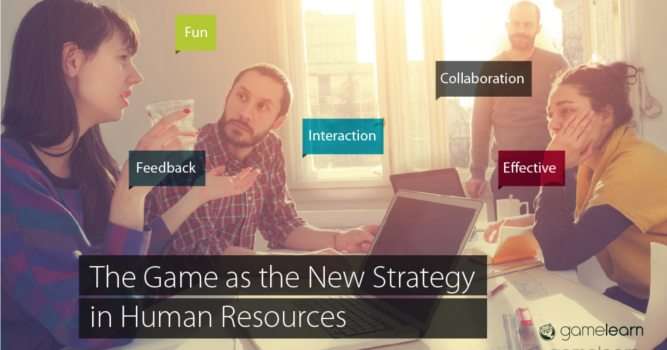Corporate gamification is no longer a fad; it’s a key strategy within talent management and enterprise learning. By introducing game elements into non-play contexts—such as training, onboarding or performance evaluation organisations are boosting engagement, improving productivity and optimising learning.
In this article, we explain how to apply gamification in your company step by step, from setting objectives to full integration into organisational processes.
Discover how to avoid common mistakes, measure results and build a genuine culture of gamification across your organisation.
Define clear objectives and your target audience
Setting SMART goals for corporate gamification
A corporate gamification plan must respond to specific, measurable, achievable, relevant and time-bound (SMART) goals. For example:
- Increase completion of internal training courses by 30% in 3 months.
- Lift participation in internal surveys by 50%.
Identifying participant profiles and their motivators
Are you targeting new hires, middle managers or the whole workforce? Understanding their motivators—recognition, progress, competition, collaboration—will help you choose the right mechanics. (Learn more in our article on how to apply gamification in corporate learning.)
Design attractive, coherent mechanics (how to apply gamification)
Selecting mechanics: points, challenges, badges and leaderboards
Gamification mechanics should encourage the desired action:
- Points for every task completed.
- Weekly or monthly challenges.
- Badges for key achievements.
- Leaderboards to increase healthy competitiveness.
Building missions aligned with company objectives
Missions must make sense in employees’ daily work. It’s not just about “playing”, but about solving challenges aligned with business strategy—this is how to apply gamification with purpose.
Integrating narrative and business context into challenges
Narrative boosts immersion and engagement. Create a story that links different challenges with company values or business milestones so participants experience how to apply gamification in relevant contexts
Choose the right platforms and technology (how to apply gamification
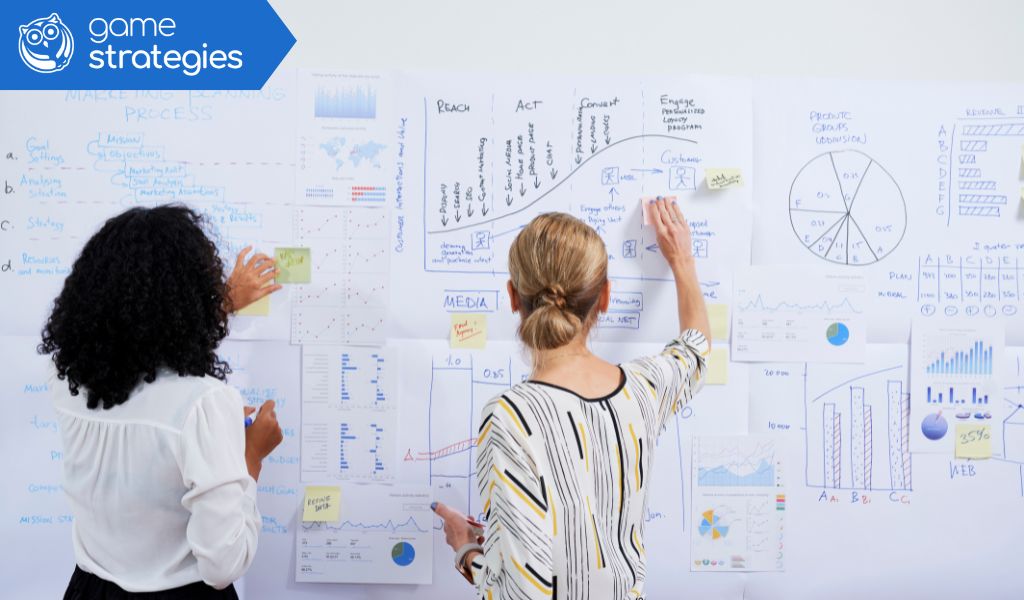
Comparison: LMS, mobile apps and gamified plugins
There are multiple corporate options—from traditional LMS with game elements to mobile apps or specialised tools for gamified learning. (See our comparison of gamification apps for a deeper look at how to apply gamification with each.)
Technical requirements: API, integration and accessibility
Assess whether the solution offers:
- Integration with internal systems (LMS, CRM, HR).
- Access from multiple devices.
- Measurement via API or dashboards.
Why game strategies is ideal for your company (how to apply gamification)
Game Strategies provides an end-to-end solution for gamifying training, onboarding, retention and recruitment. Advantages include:
- Adaptable platform.
- Customisable narratives.
- Gamified KPI dashboards.
- Easy integration with your internal systems.
Find more details at Game Strategies and see how to apply gamification at scale.
Run a pilot and monitor results (how to apply gamification)
Defining the pilot: duration, groups and success metrics
Choose a team or area to test your design for 2–4 weeks. Decide what you will measure and how.
Key KPIs: participation levels and training completion
Common enterprise gamification KPIs include:
- Number of active users.
- Task completion rate.
- Average interaction time.
- Qualitative feedback.
Analyse data and adjust dynamics during the pilot
Use dashboards to review data in real time and tweak the mechanics if needed. This iterative process is essential to guarantee a successful full rollout—and is central to how to apply gamification effectively.
Scale gamification across the organisation (how to apply gamification)
Training internal leaders to replicate the strategy
Train middle managers and area leads to act as ambassadors and facilitate adoption.
Embedding gamification into processes
Extend gamification to:
- Gamified onboarding.
- Performance evaluations.
- Continuous learning.
- Corporate culture activities.
(Explore our step-by-step approach to gamified onboarding to see how to apply gamification in practice.)
Evaluating impact at 3–6 months
Schedule periodic reviews to confirm the ROI of enterprise gamification. Compare results with pre-gamification periods to measure real impact.
Avoid common mistakes and ensure sustainability (how to apply gamification)
Align objectives and rewards to prevent fatigue
One common mistake is offering low-value rewards or those disconnected from the objective—this can demotivate or even alienate participants. The key is to align mechanics and expected outcomes so rewards reinforce behaviours that matter.
Fostering a culture of play
Beyond points and badges, a true gamification culture promotes voluntary participation, continuous learning and recognition of effort. It’s crucial that teams understand the “why” behind the strategy and don’t see it as an external imposition—this understanding is core to how to apply gamification sustainably.
Implementing a gamification plan isn’t just adding game techniques. It’s about designing experiences that resonate with your teams, align with business goals, are grounded in data and remain sustainable long term.
With the right tools—like Game Strategies—and a structured plan, you can transform training, onboarding and organisational climate into motivating, measurable and effective processes.
Ready to design your own gamified plan? Discover how to apply gamification with us at Game Strategies
¿De cuánta utilidad te ha parecido este contenido?
¡Haz clic en una estrella para puntuarlo!
Promedio de puntuación 0 / 5. Recuento de votos: 0
Hasta ahora, ¡no hay votos!. Sé el primero en puntuar este contenido.

